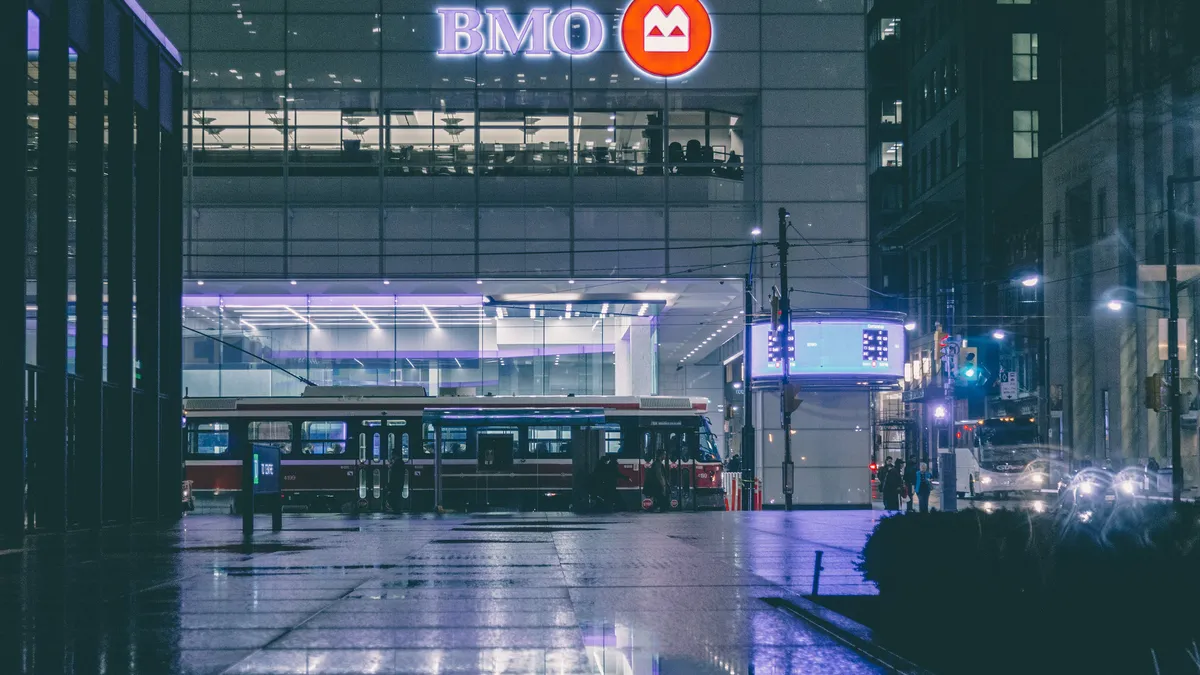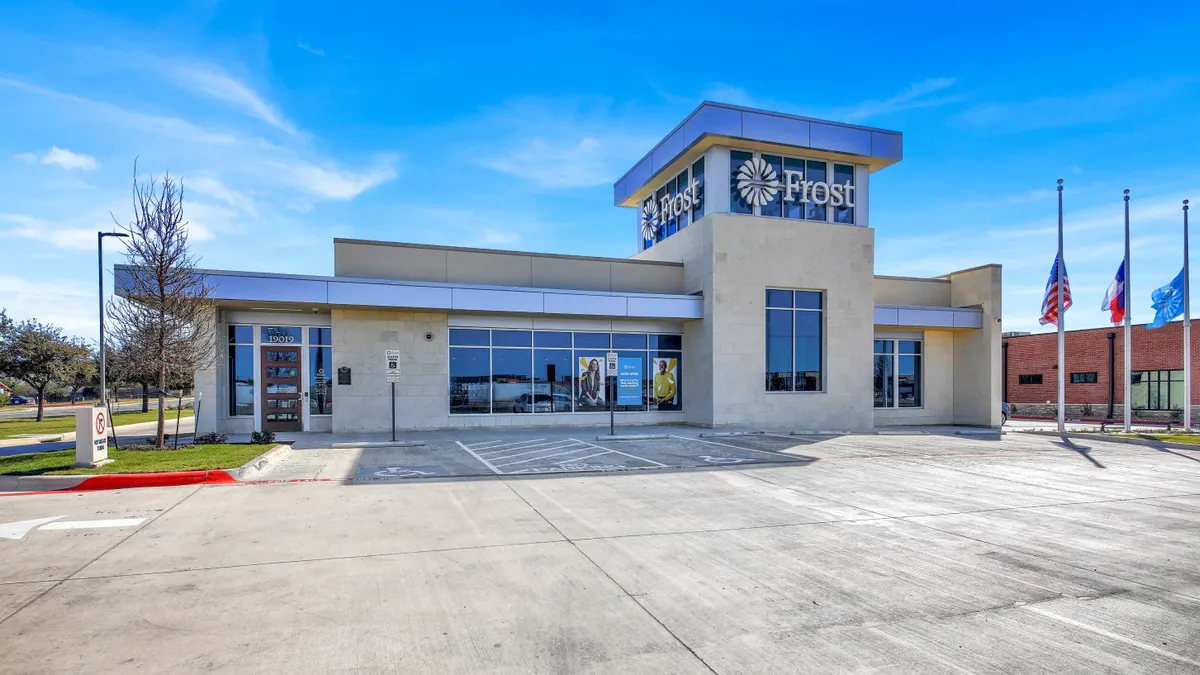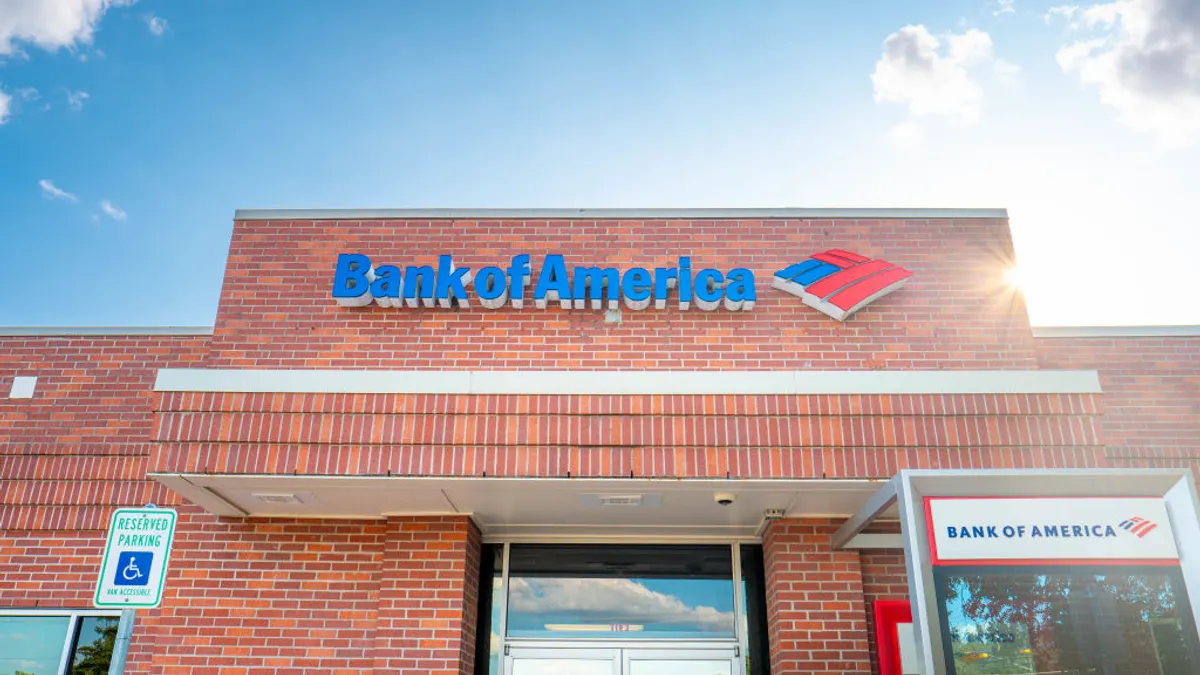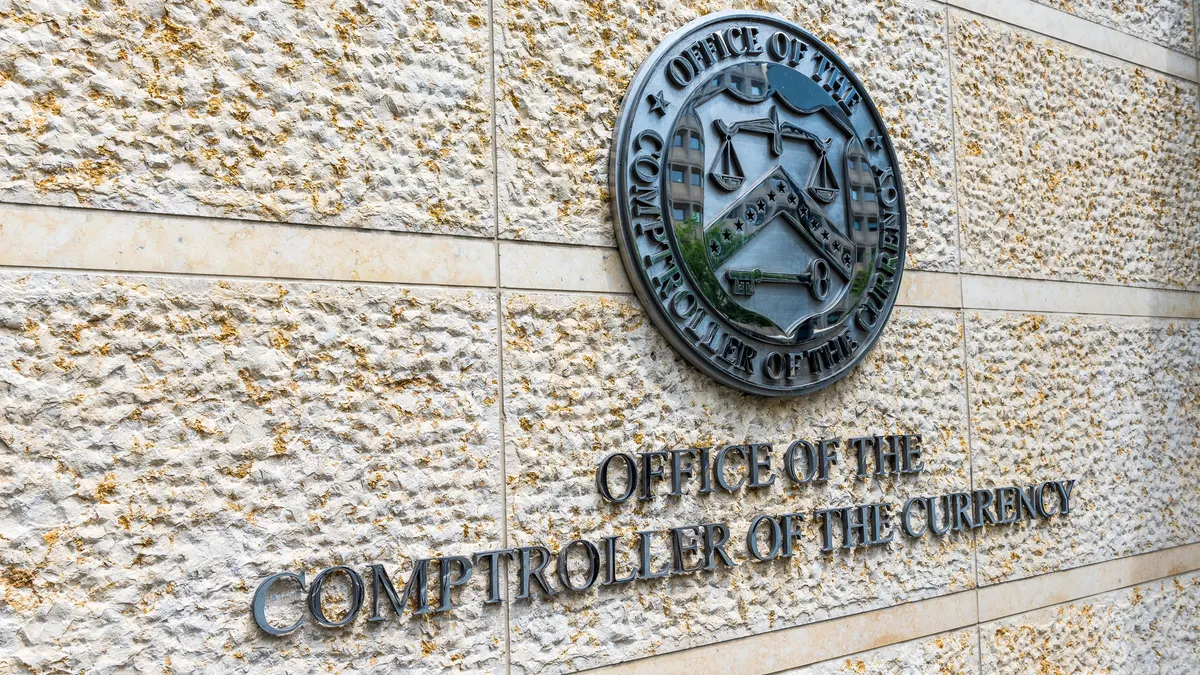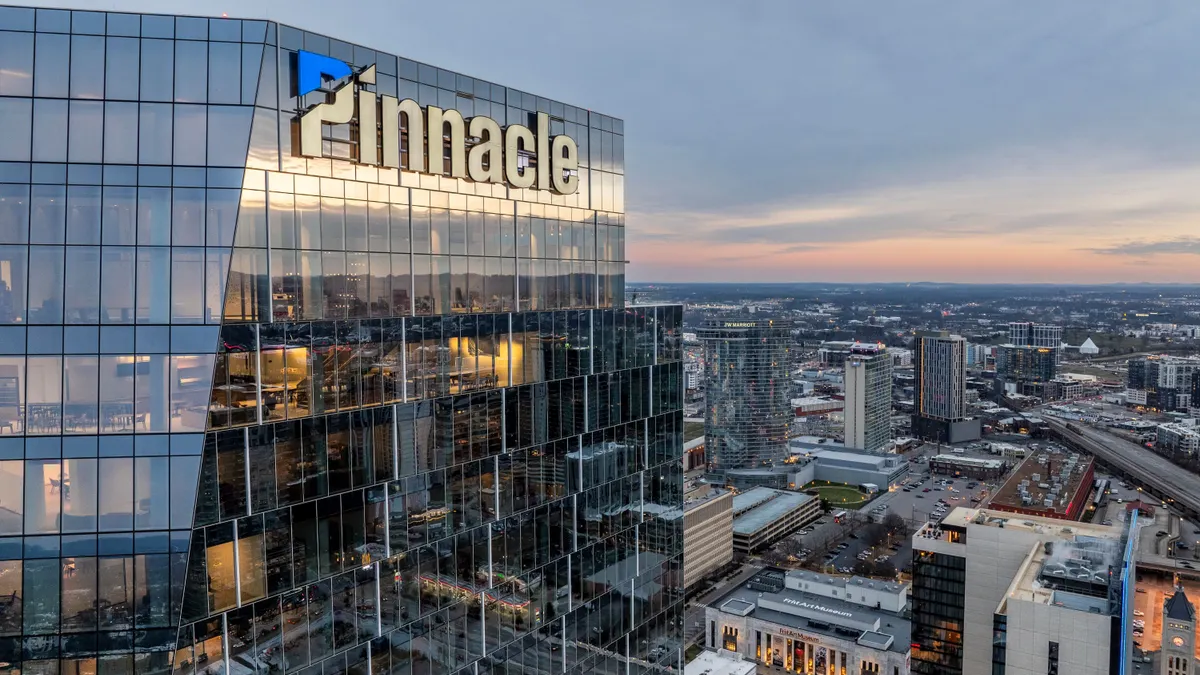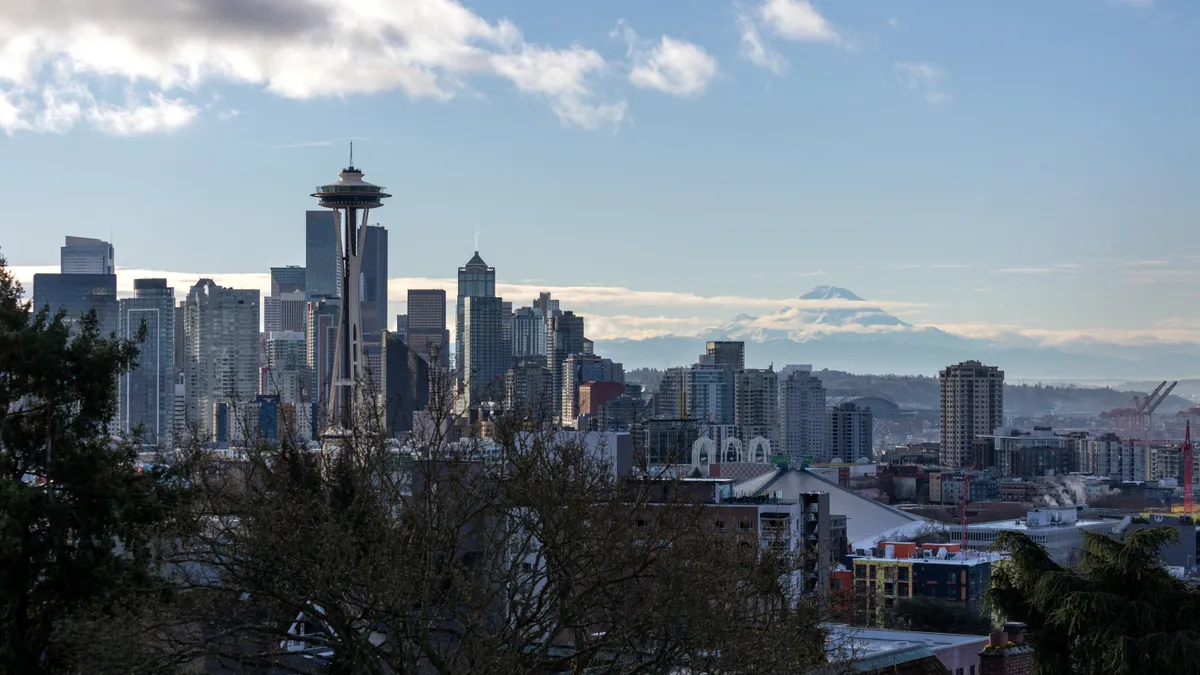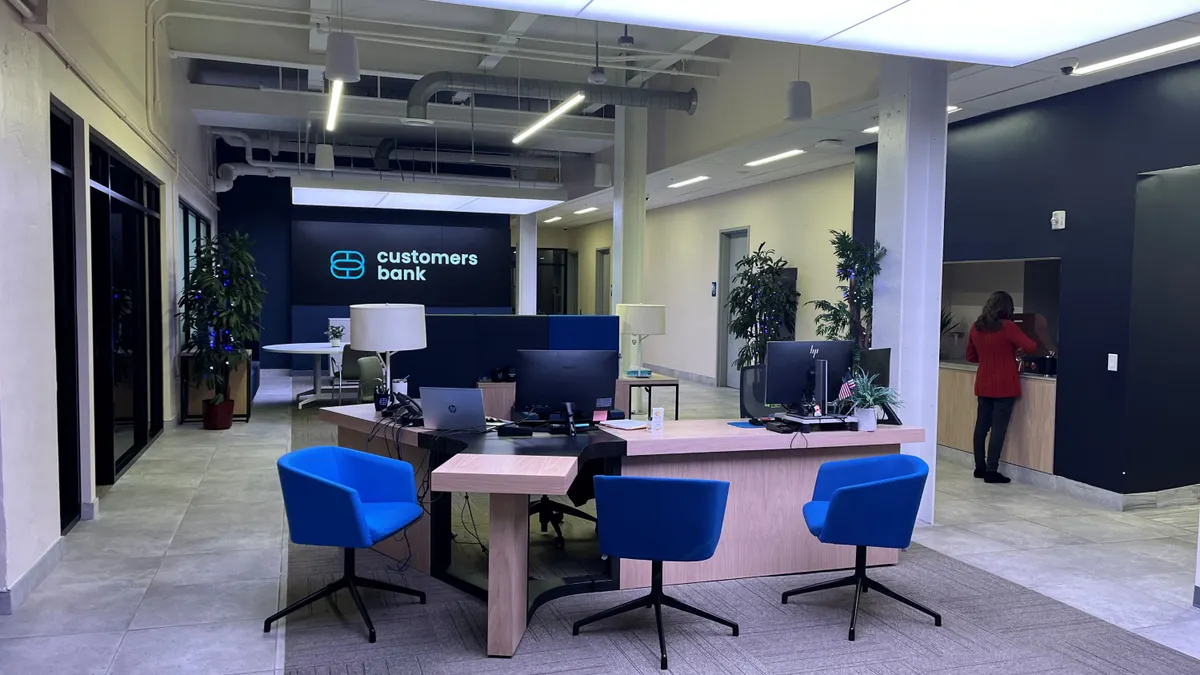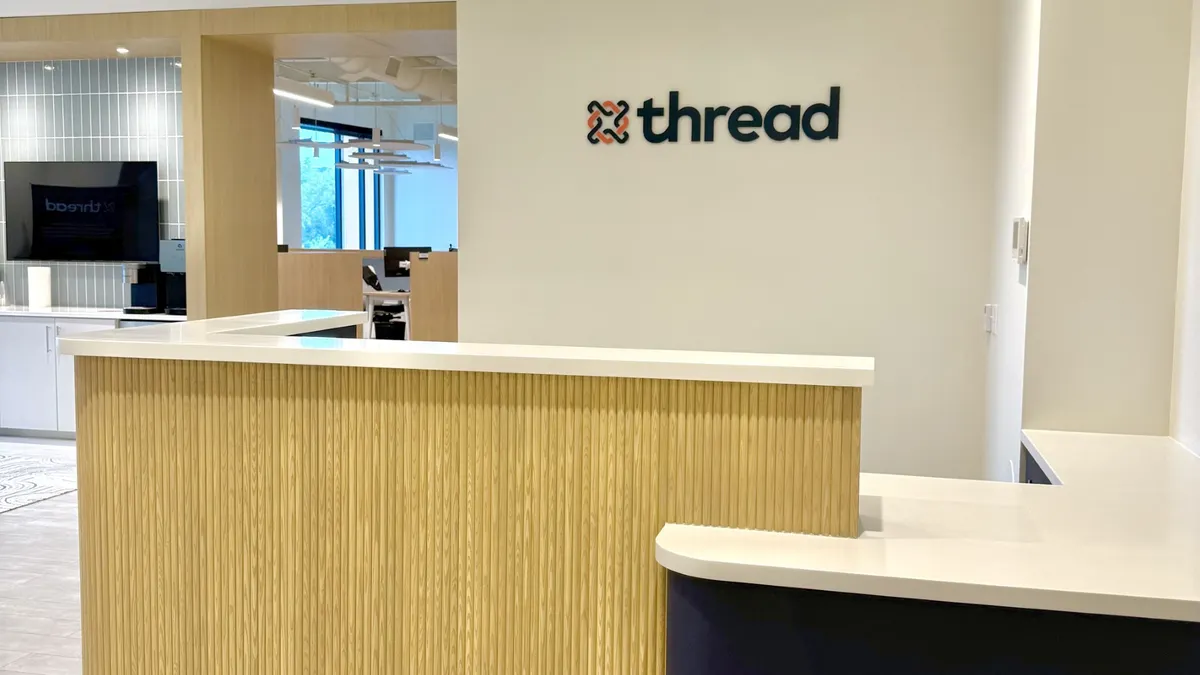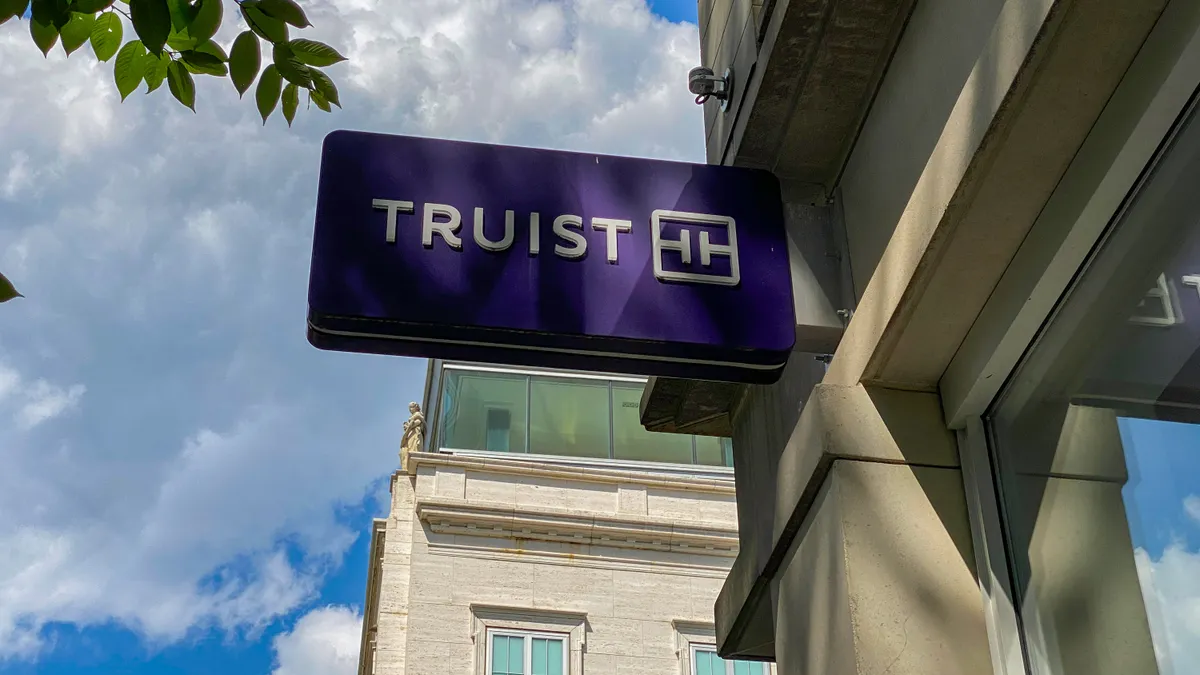Bank of Montreal (BMO) executives and community advocates, at a public hearing held Thursday by the Federal Reserve and the Office of the Comptroller of the Currency (OCC), alternately laid out what they saw as the virtues and drawbacks of the proposed $16.3 billion acquisition of San Francisco-based Bank of the West by BMO’s U.S. subsidiary.
Many of the concerns advocates expressed centered on BMO’s home-lending record toward nonwhite borrowers.
Bethany Sanchez, senior administrator for the Metropolitan Milwaukee Fair Housing Council, noted that the bank made just 17 mortgage loans to Black borrowers in that city last year — a 7% proportion for an area where more than one-third of the population is Black. Sanchez said her organization is “immensely grateful” for BMO’s investments in the area but that the bank “must do better” in regard to Black homeownership, according to American Banker.
David Casper, BMO’s U.S. CEO, defended the bank’s activities in Milwaukee. “Many thought we would leave Milwaukee high and dry” when BMO bought Marshall & Ilsley Bank, based in the city, in 2010. Casper countered that the bank committed itself to Milwaukee and is “a top corporate citizen” there.
Fair-housing groups representing core cities in BMO Harris’ mostly Midwestern presence voiced an urge for caution on similar grounds.
“We cannot support a merger which would expand their reach and result in additional negative impact upon so many unserved Black households and neighborhoods,” Amy Nelson, executive director of the Fair Housing Center of Central Indiana (FHCCI), told the OCC and Fed in a letter, according to The Indianapolis Star. “Mergers rarely benefit communities already suffering from a history of redlining, racial covenants and other discriminatory practices.”
The FHCCI sued Old National Bank in October — as it was preparing to merge with First Midwest — alleging the bank discriminated against Black borrowers trying to obtain mortgages. The bank and the community group reached an agreement, and the FHCCI dropped the suit in December.
BMO Harris operates 15 branches in Indianapolis, but none are in majority-Black neighborhoods, the FHCCI noted.
“We are committed to bringing opportunities for affordable homeownership to families in Indiana and all across our footprint,” BMO Harris spokesperson Scott Doll told the Star in an emailed statement. “We have strong lending numbers in Indianapolis in low- and moderate-income communities and to low- and moderate-income borrowers, but we continuously look for ways to increase outreach and support to minority borrowers.”
Focus on California
Geographically, BMO focused its selling points on what its Bank of the West acquisition would do in California.
Casper said the deal would promote competition in a state where half of the market is dominated by three banks.
BMO said it expects to gain 1.8 million new customers when the deal closes, a move set for completion by the end of this year. But, when combined, BMO and Bank of the West would have less than 3% of the deposit share in California.
“I am confident that the impact for our customers will be to provide greater convenience, more product options, lower costs, and greater competition for the markets we're entering,” Casper said, according to American Banker.
Casper emphasized that BMO has committed to keeping all of Bank of the West’s branches open and continuing to employ all of its front-line workers.
That pledge drew skepticism.
“To be at the same average office size and business model, [Bank of the West] will have to close many offices,” Ken Thomas, author of the Community Reinvestment Act Handbook, said, according to the Financial Post, adding that community groups should “do the math and make sure this is part of their community benefit agreement.”
Community groups have been negotiating their agreement with BMO and Bank of the West since December, but the deal is not finalized.
Casper, for his part, called BMO’s listening sessions with community leaders “invaluable.”
Paulina Gonzalez-Brito, CEO of the California Reinvestment Coalition, stressed, however, that “promises are not enough.”
“Accountability is critical,” she said, according to American Banker.
U.S. Bank — another lender working to complete a multibillion-dollar tie-up with a focus on expanding in California — said it would invest $100 billion over five years into communities affected by its acquisition of MUFG Union Bank. PNC, which in 2020 announced it would acquire BBVA’s U.S. footprint, worked out a $88 billion community benefits agreement.
One deal at a time
Jesse Van Tol, CEO of the National Community Reinvestment Coalition (NCRC), warned the merger may amp up concentration in the banking sphere.
“The largest banks in the country were built one acquisition at a time through combinations just like this one,” he said, according to the Financial Post.
Not every community group opposes the merger.
Adrian Rodriguez, director of policy at the Illinois Hispanic Chamber of Commerce, called BMO an “essential partner.”
“We’re confident this acquisition will allow BMO to expand its excellent work even further,” Rodriguez said, according to American Banker.
BMO, meanwhile, touted its recent efforts aimed at improving quality of life for underserved communities, its customers and its employees. The bank this week said it would raise its minimum hourly wage in August to $20. It committed last month to reducing its overdraft fee to $15 per charge from $36. And last year, it launched EMpower, a five-year, $5 billion community development initiative geared toward affordable homeownership and help for nonwhite businesses.
Public hearings, especially concerning large bank mergers, appear to be convening with more regularity. The OCC and the Fed have scheduled a similar tete-a-tete Aug. 18 to air comments regarding a proposed $13.4 billion tie-up between TD Bank and First Horizon.
The regulators are accepting comments through Tuesday on the BMO-Bank of the West deal.



